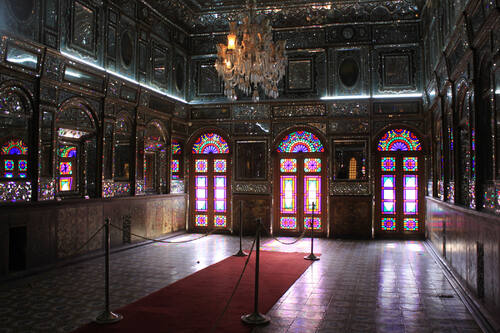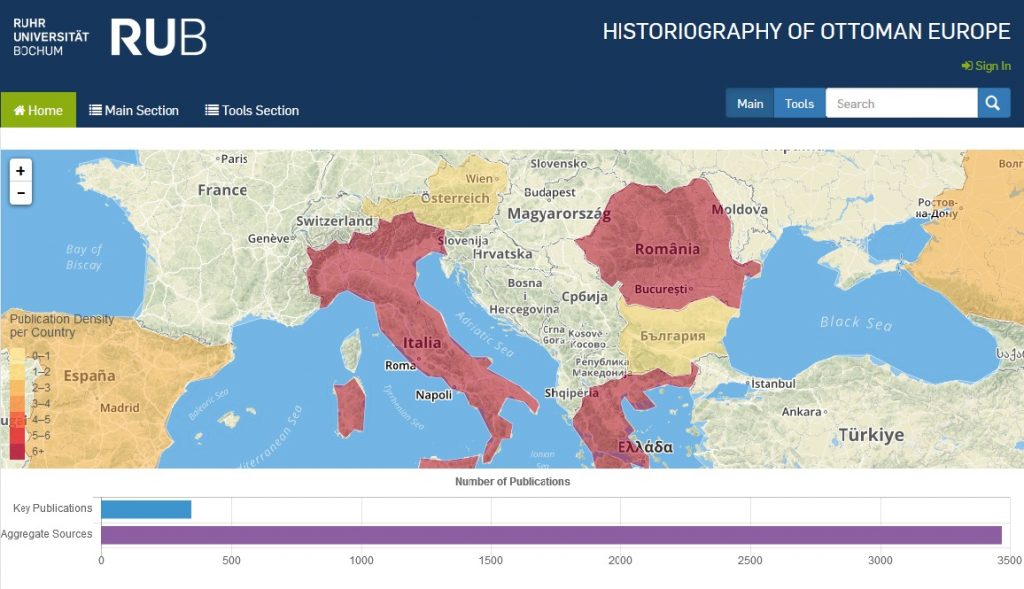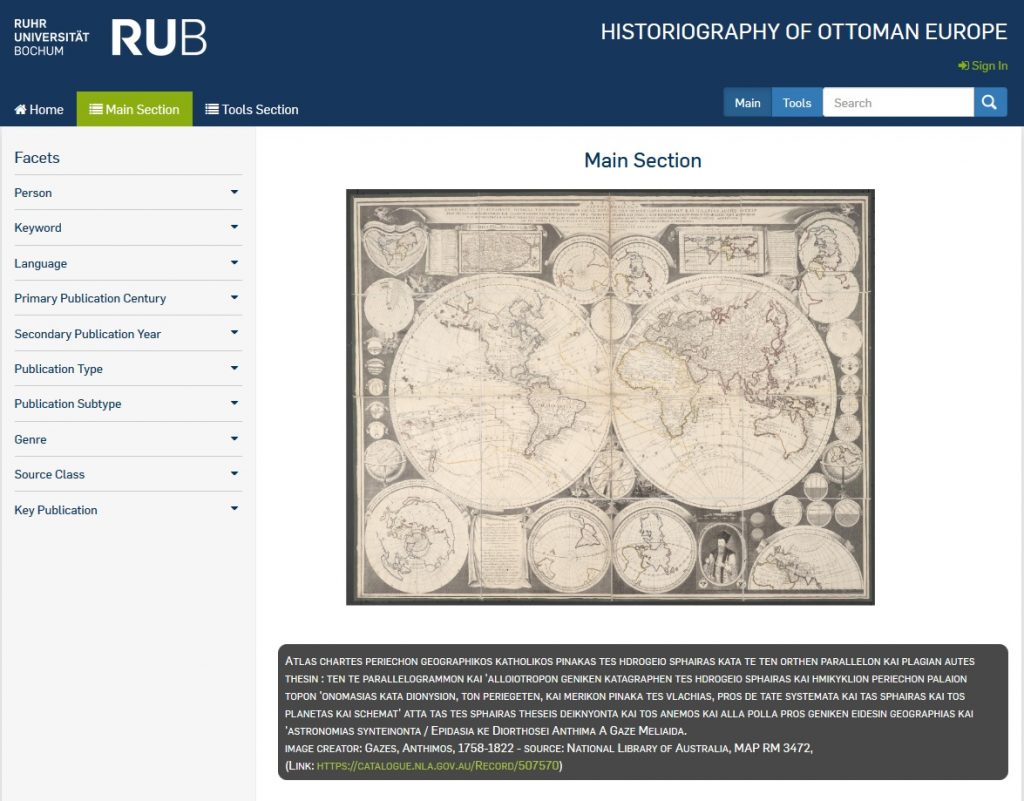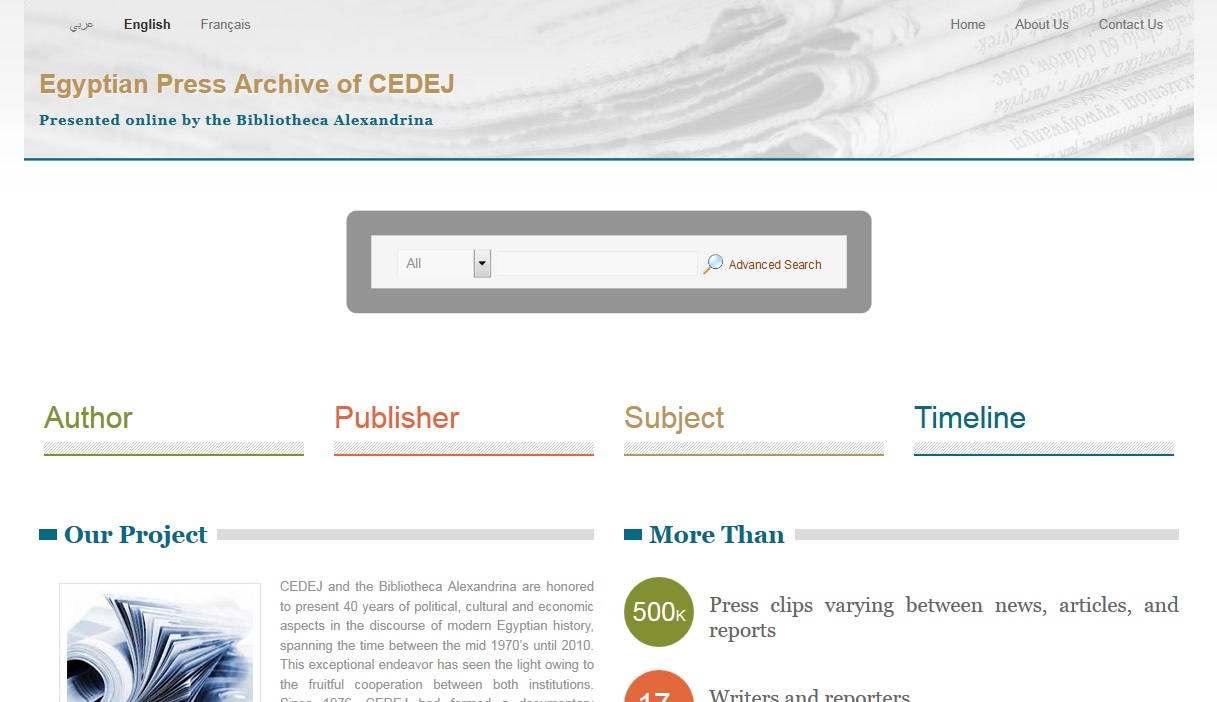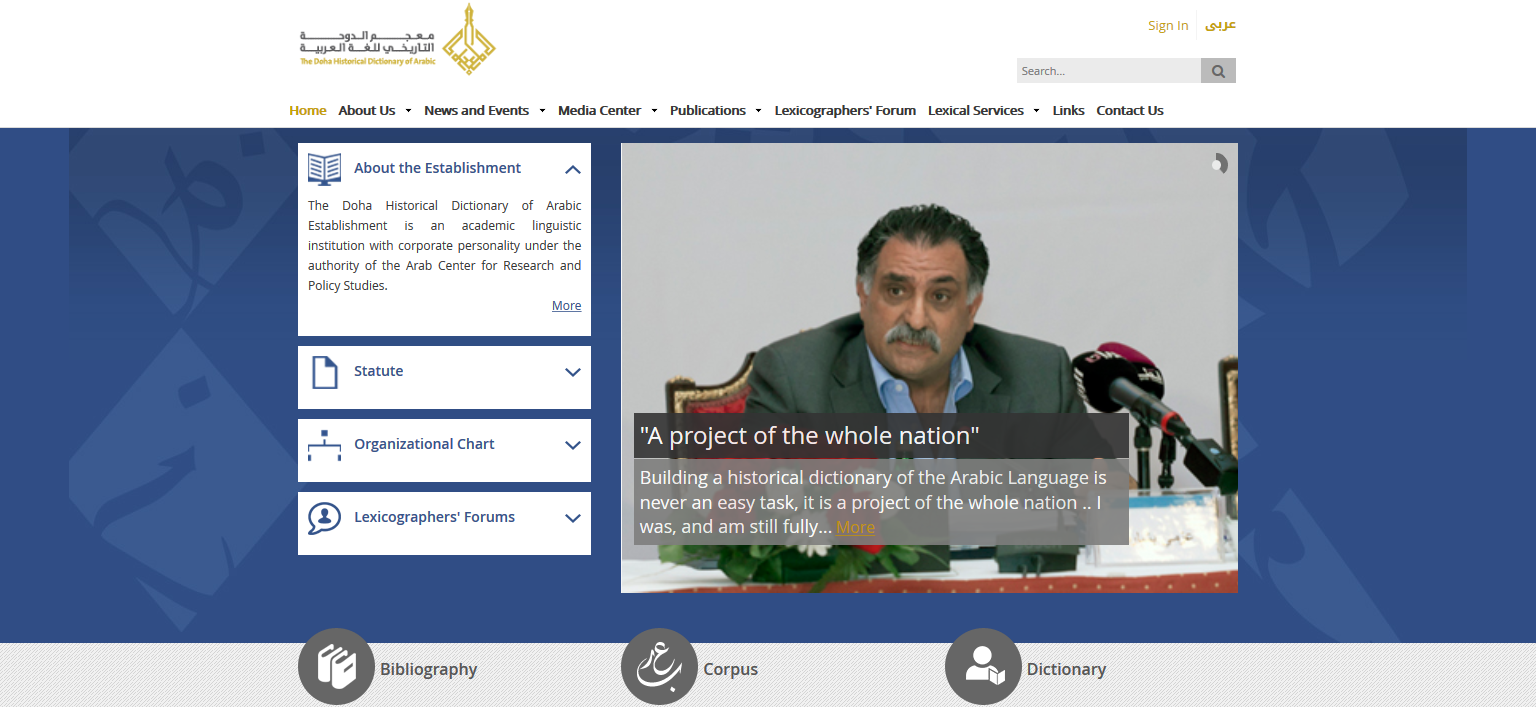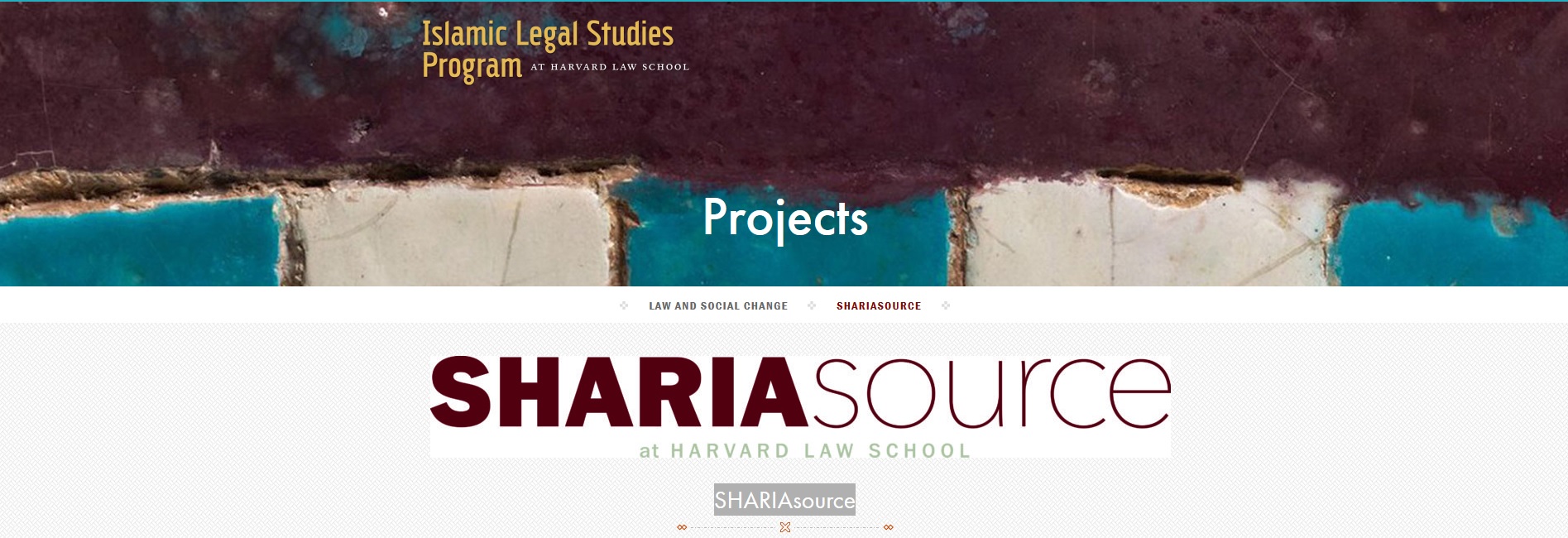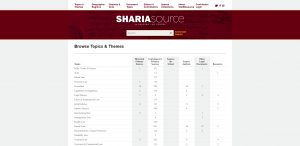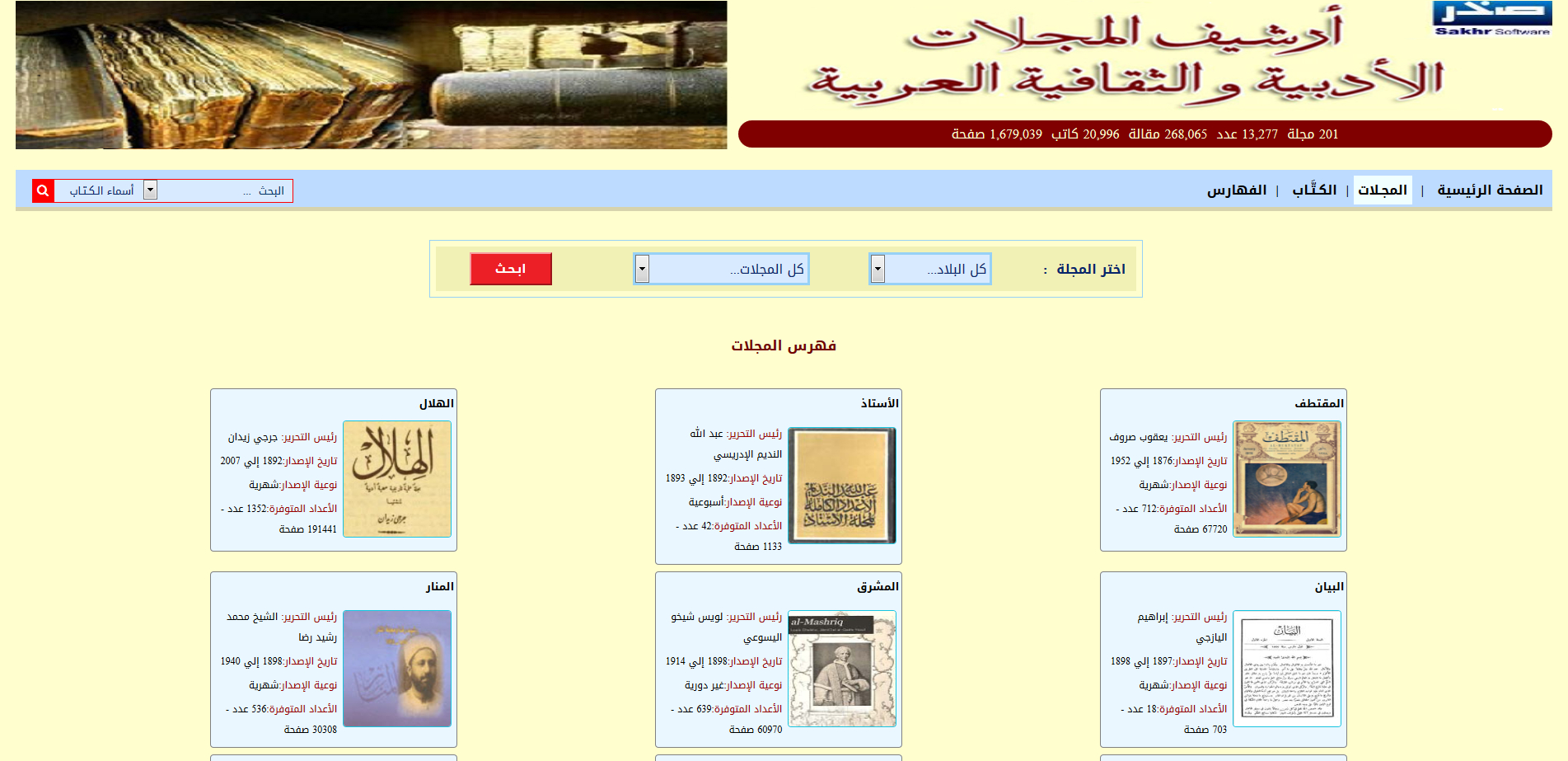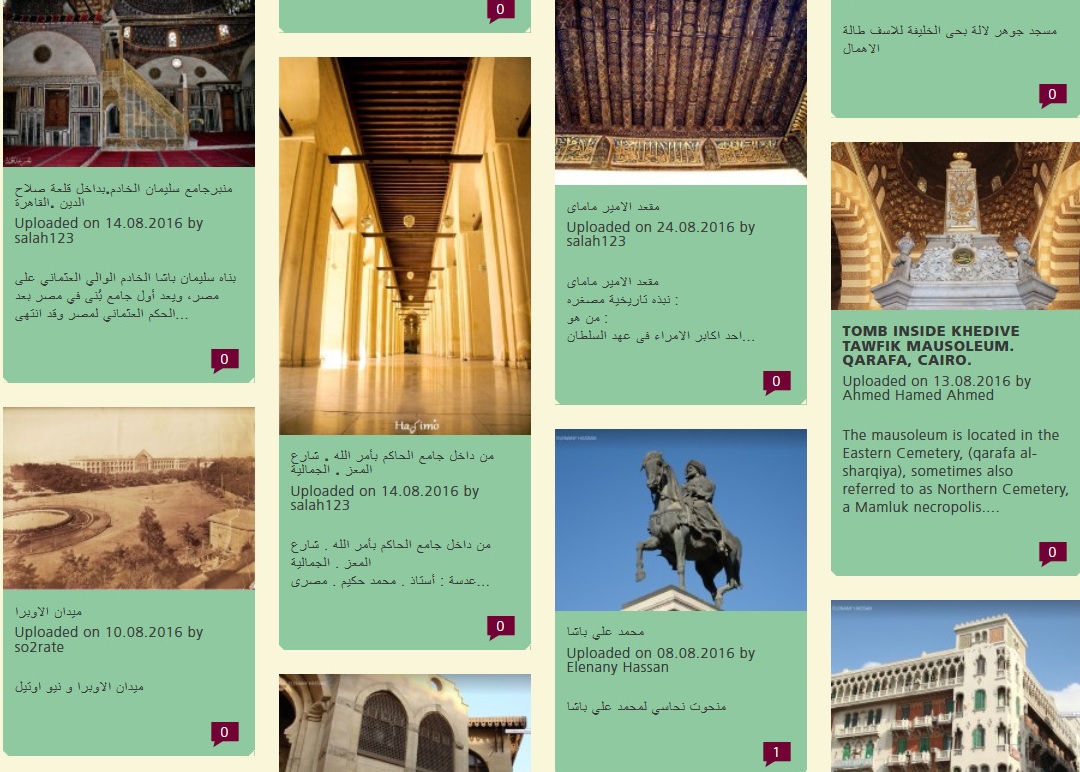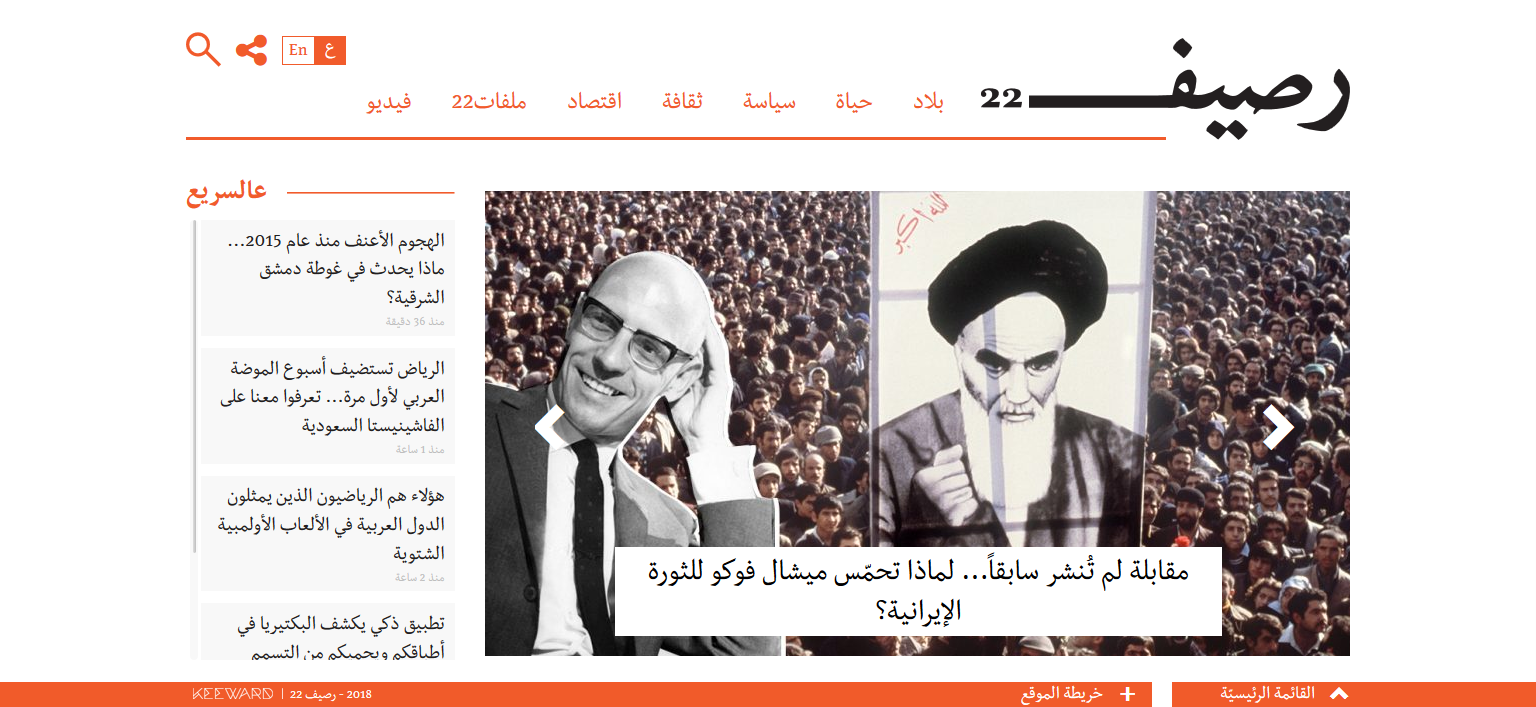Cultural Heritage, Handicrafts and Tourism organization of Iran (ICHTO) was founded in 1985 and is administered by the government of Iran. The institution ICHTO is responsible in co-operation with UNESCO in safeguarding, preserving and promoting the cultural, natural, tangible and intangible heritage of Iran.
ICHTO provides information (mostly in Persian) on different heritage sites within Iran and they have recently added a virtual guided tour (in English and Persian) of different sites. UNESCO’s website also provides full descriptions of these protected sites.
Each country’s heritage showcases part of its identity, history, culture and values as well reflecting a source of inspiration and life. The world of today was received from previous generations and cultural heritage and artifacts are gifts of their knowledge and life. These not only carry a fascination to observe, but are also valuable sources from which to learn about how civilization, culture and humanity has changed and developed throughout history. However much of this heritage is irreplaceable, unique and fragile.
For example, the Armenian Monastic Ensembles of Iran
“The Armenian Monastic Ensembles of Iran, in the north-west of the country, consists of three monastic ensembles of the Armenian Christian faith: St Thaddeus and St Stepanos and the Chapel of Dzordzor. These edifices – the oldest of
which, St Thaddeus, dates back to the 7th century – are examples of outstanding universal value of the Armenian architectural and decorative traditions. They bear testimony to very important interchanges with the other regional cultures, in particular the Byzantine, Orthodox and Persian.”
UNESCO with the collaboration of state parties all around the world aims to protect the cultural heritage that bears such Values, which are important to be protected for future generations. For that reason the state parties are responsible to identify, promote and take necessary measures to safeguard their heritage as well as to present them to UNESCO along with a complete nomination file containing their Outstanding Universal Values, history and complete introduction to the respected cultural heritage. If all the required criteria are met than that site may be inscribed on the World Heritage list of UNESCO.
Twenty-two cultural sites of Iran are inscribed on the UNESCO’s list. These sites can be browsed on ICHTO’s website based on their geographical location. By clicking on the name of the site the virtual tour and map of the site will be accessible.




